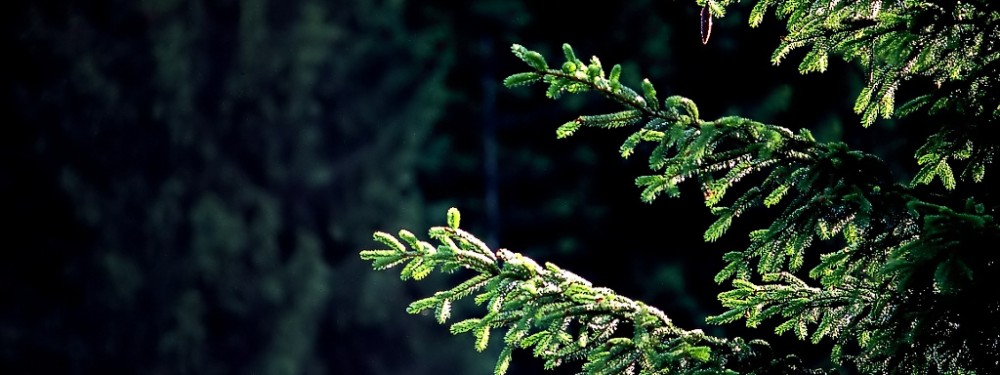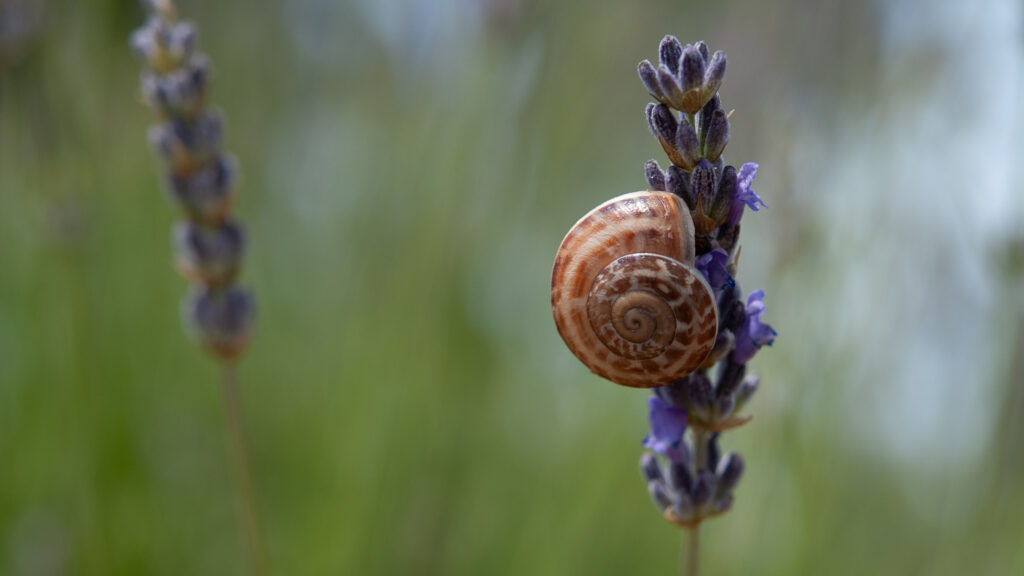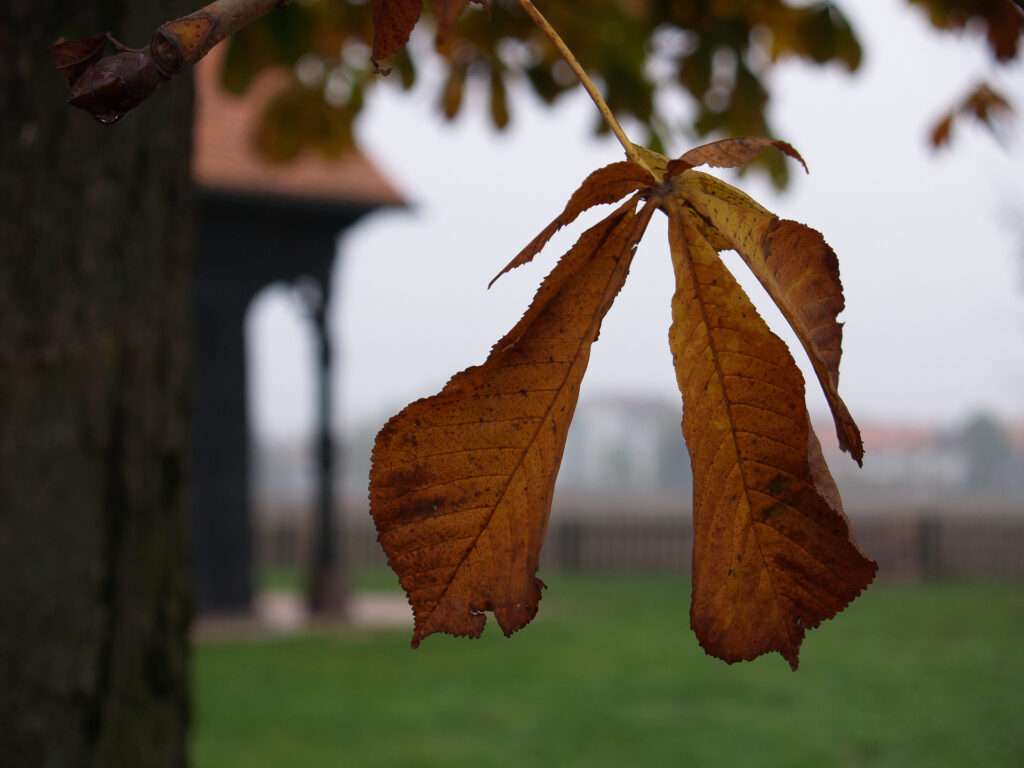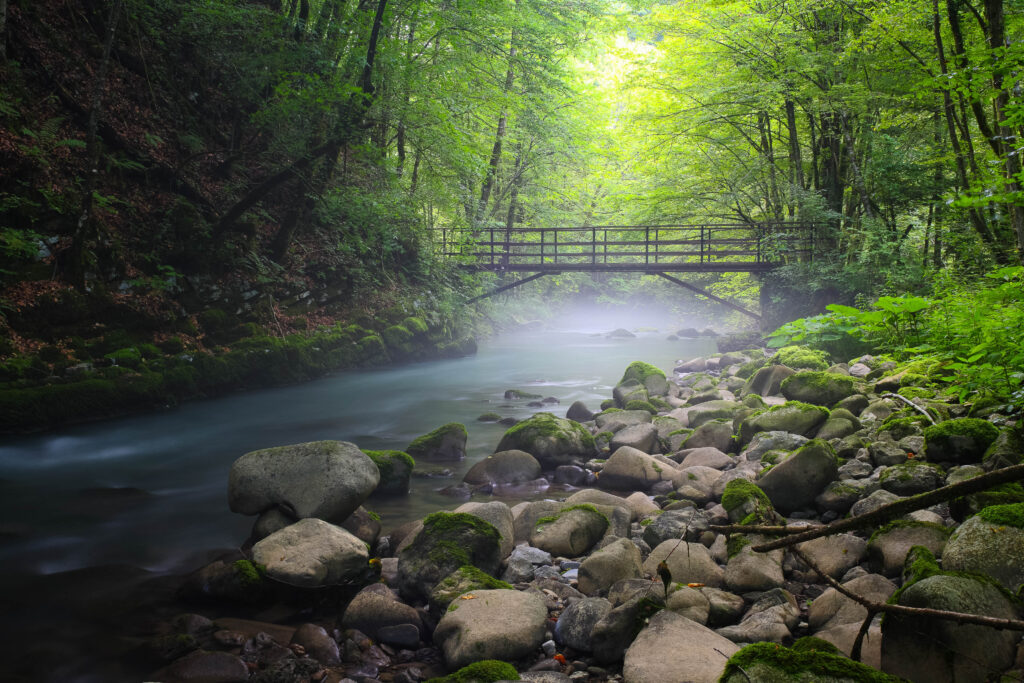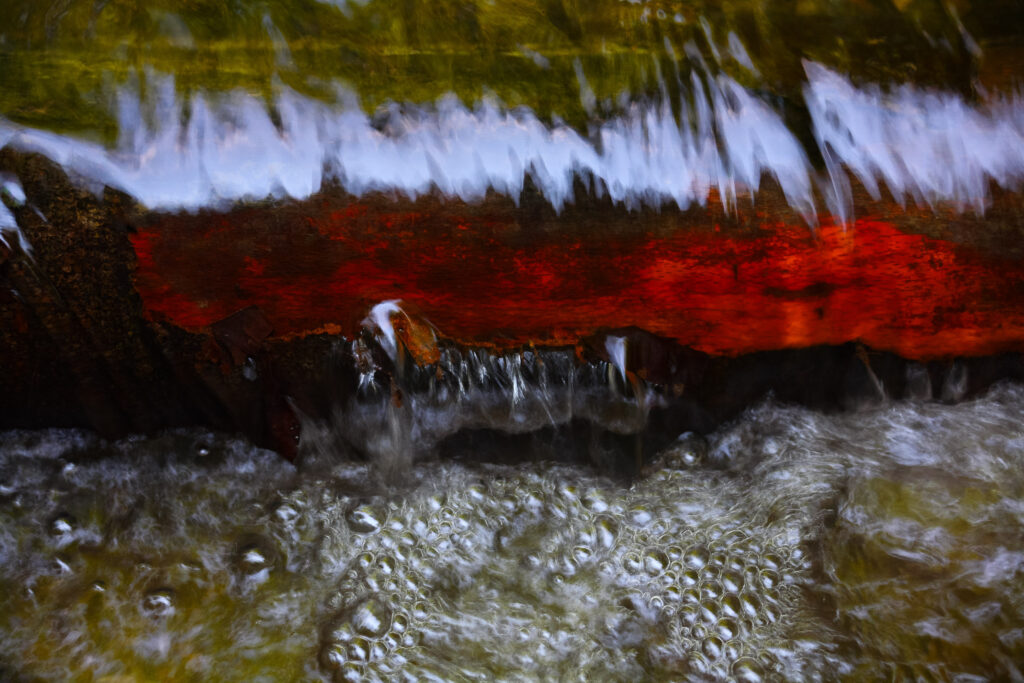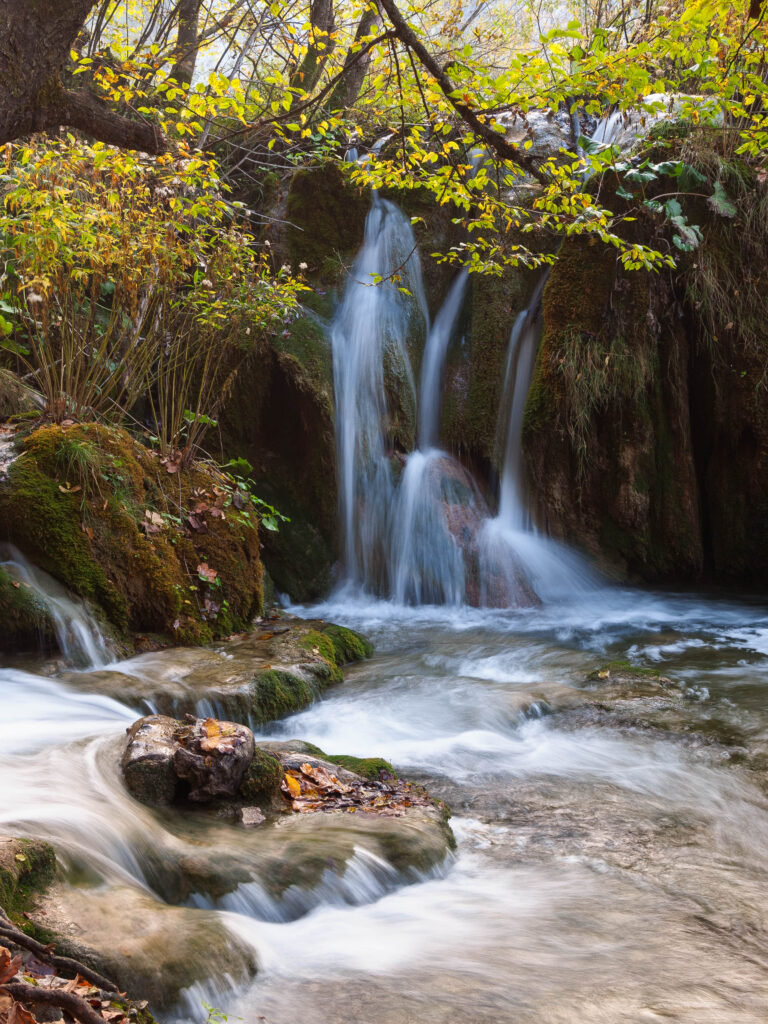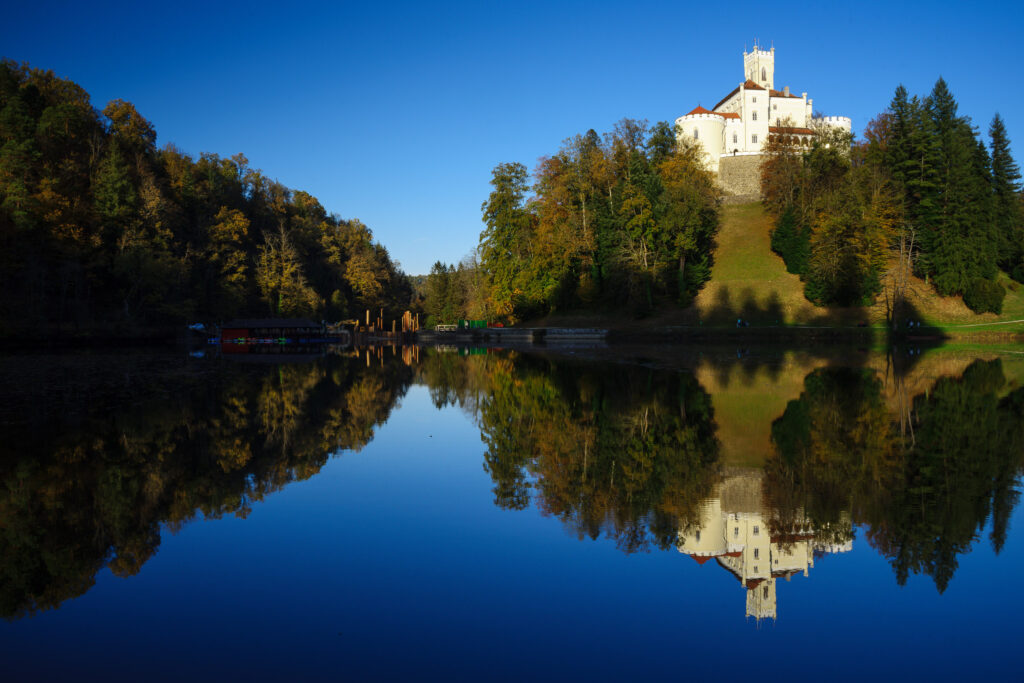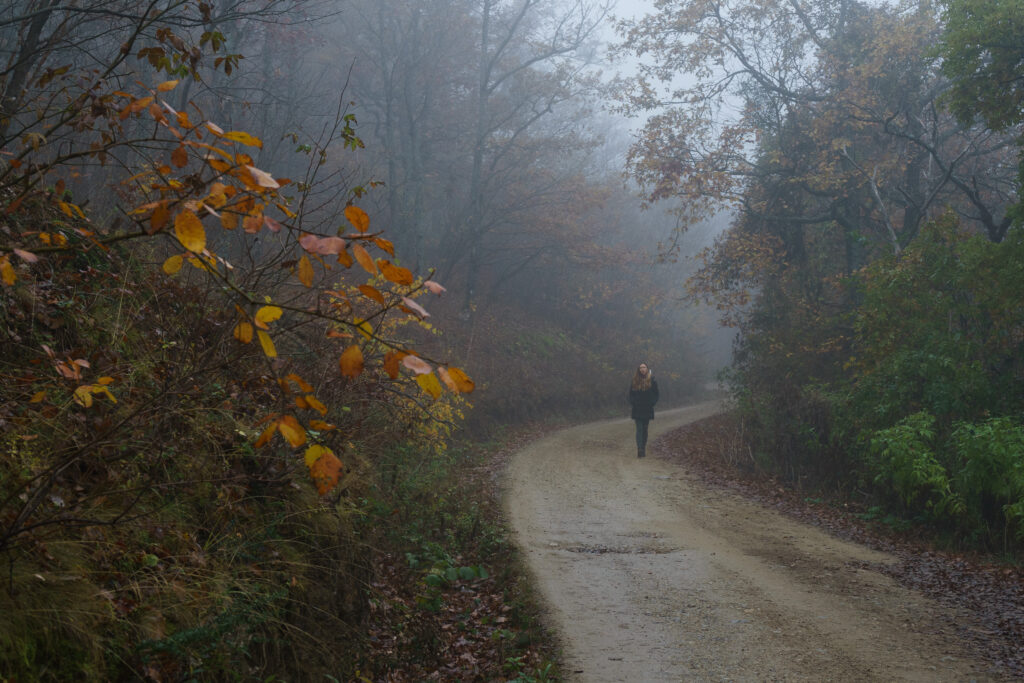If there’s anything constant in photography circles over the decades, it’s the universal contempt for the “kit lenses”, basically the standard zooms that come with the camera. They are criticised for being plasticky, poorly made, having terrible variance between samples due to poor manufacturing, unsharp, having lots of vignetting, chromatic aberrations, being too slow, and so on.
The additional problem is that when you try to look for samples of photos made with such lenses, you are invariably showered by terrible snapshots made by people who are very unskilled at photography, and usually quite new to it, so they don’t know what they’re doing. The images produced are thus universally terrible. This creates some kind of confirmation bias – yeah, the lens is terrible, what do you expect from a kit lens, just get a proper one if you want your photos not to look like those beginner snapshots.
I must admit that I once believed something similar, and had an aversion to kit lenses, especially since my favourite kind of photography was to use shallow depth of field to isolate the subject, and kit lenses are generally quite slow – often f/5.6 at the long end – and they also often perform poorly wide open, at least that’s what I saw from the samples online. Sure, I used a Minolta MD 35-70mm f/3.5 lens when shooting film, and I thought it was a very good lens, but this one seemed to be quite highly esteemed online, since Minolta produced lenses for Leica R system, this one being also produced as Leica Vario Elmar R 35-70mm f/3.5. The fact that it behaved well was thus unsurprising – it is a Leica design executed by Minolta, after all.
The second “kit lens” I had direct experience with was the Zuiko Digital 14-54mm f/2.8-3.5, and it was excellent. If anything, it was even better than the Minolta; quite a stellar piece of optical design, with only a few minor drawbacks, such as the onion-circle bokeh and some green chromatic aberration on contrasty areas when shot into the light. Since this lens was only a “kit lens” because it was sold in a kit with Olympus E-1 professional camera, and was otherwise known as a optically superb piece of gear, this was also not unexpected, and my experience with “kit lenses” remained great.
I had no reason to doubt my understanding of kit lenses until I got to test the Olympus E-500 camera with its ZD 14-45mm f/3.5-5.6 kit lens. While was not as good for closeups as my ZD 14-54mm, it was otherwise almost identical. The colors were clear, sharpness was excellent, and other than the cost cutting being visible from the cheaper materials, optically speaking this lens was great, and especially great for the money.
I was pretty shocked, but shrugged my findings off – it was Olympus, after all; they are known for making excellent lenses, and even their cheap plasticky kit lens must be superior to those of other manufacturers. After all, they don’t produce them by the boatload like Canon for their entry-level cameras.
By that point, however, a conclusion was starting to form, because I made quite a bit of poor images with good lenses when I didn’t know what I was doing, and I also made quite a bit of good images with stuff that would be deemed “entry-level”, but the true shock happened when I bought a Canon 5d, the camera with the best and sharpest sensor at the time, and just for shits and giggles I bought a used EF 35-70mm f/3.5-4.5 lens for 40 EUR or so. It was very old (made in 1987 as a kit zoom for the EOS 650, the first one Canon made for the lineup) and very heavily used, also obviously very plasticky. I quite rightfully expected it to perform terribly, especially on a high-resolving sensor of the 5d. I took it one day for a walk to take pictures of my kid. I quite expected the results to be fuzzy, resolving less detail than my 5MP Olympus kit, because, after all, the Olympus lens was very sharp; I even called it “the shit lens” before even trying it out.
What I was shocked to see is one of the most highly detailed, crisp-sharp portraits I have ever seen, anywhere, by anyone with any kind of equipment, period. (note: the illustrations here are not representative of the actual raw files due to compression and reduced file sizes)
This is not shot from a tripod, stopped down, or in any other way cooked up to make the lens perform well. I basically opened it up, extended it to 70mm, put the ISO at 400 because the light was dim, focused on the eye and took several pictures. The shocking part happened at home, when I opened the files in the raw converter and saw the detail on the zipper, eyelashes and the fabric of the cap. I quite literally never saw anything this sharp, and I already tested the EF 85mm f/1.8. Far from being a plasticky thingy that would do a disservice to the mighty 5d, I could actually bet that it outresolved the sensor by quite a margin.
Still in shock, I went online to see if I can find any reviews of this lens, and of course, it was universally poorly regarded – low resolution, CA, vignetting, all kinds of blah. It was actually so poorly regarded that very few deigned it worthy of even reviewing it.
And so, I went on to use this “shit lens”, as I continued to call it, in part due to its plasticky design, but now mostly in mockery of the online photographic community, and took some of the sharpest, most colorful and atmospheric images I ever made. It was my favourite landscape lens on the 5d, because of both its range and the incredible color and details it resolved. Sure, it has very nasty flare and bokeh is quite harsh at portrait distances, so I had to keep it within the range of parameters it liked, but when I did, it was absolutely stellar.
There was a conclusion that brewed in my mind, and at some point it came out: “hey wait, those people online are actually completely full of shit”. The fact is, you can make any lens look bad. All lenses can take shitty pictures. However, it’s not actually hard to get even the cheapest lenses to take great pictures. Also, the myths about “sample variance” are also likely caused by very inexpert use.
At some point I decided to test my hypothesis. I went online to check which camera-lens combo was the least well regarded and considered unworthy of even an amateur who wants his pictures to look decent. The consensus seemed to be the Olympus Pen E-PL1 with its kit lens, the 14-42mm f/3.5-5.6. The camera had “high noise” and the lens had the plastic mount, collapsible ultra-cheap plasticky design, poor aperture and range, and low resolution, according to the tests. So of course I proceeded to take some of the sharpest 12MP nature shots with it, rivalling the 5d.
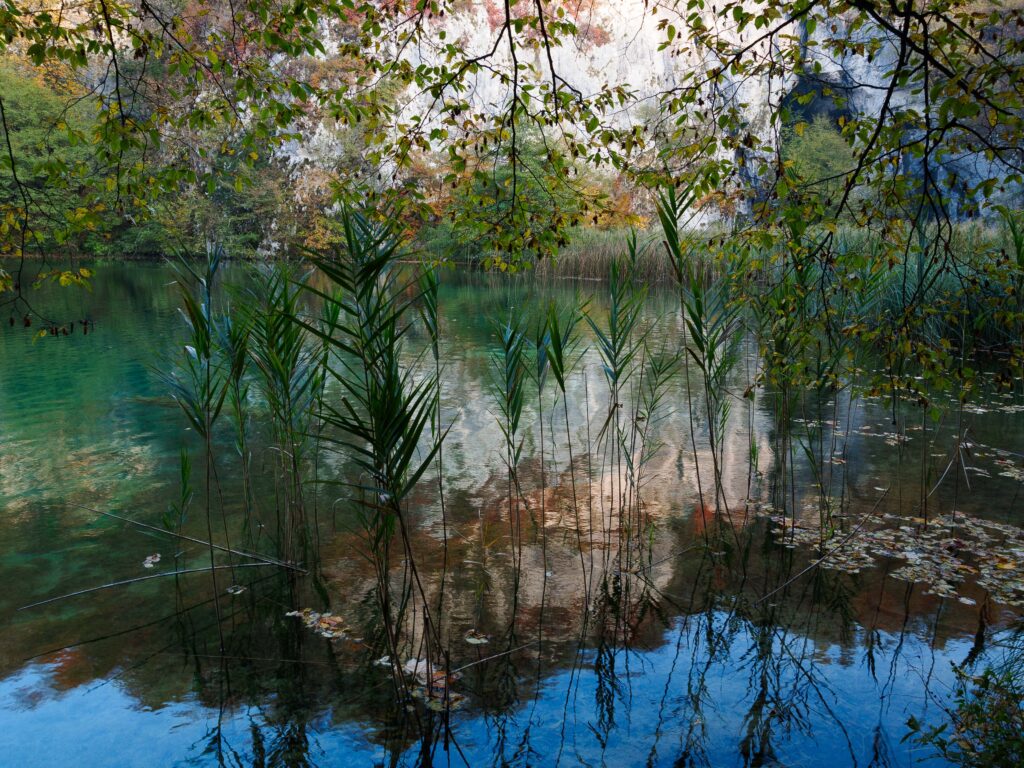 To add insult to injury, that lens also had excellent closeup capability, which made it incredibly versatile for almost-macro shots:
To add insult to injury, that lens also had excellent closeup capability, which made it incredibly versatile for almost-macro shots: What about the high noise on the sensor? Well, yes, the sensor is very noisy at ISO 1600 and above, and I don’t recommend using it at those settings. However, there’s something else that I noticed in the dpreview lab test: the on-sensor CMOS noise reduction is very conservative, meaning that it doesn’t aggressively de-noise the RAW files; essentially, it doesn’t remove chroma noise by desaturating the files and killing all the color. As a result, the colors this sensor produces are deep, “meaty” and quite suitable for my kind of nature photography. The sensor is also very sharp and detailed. As a result, something that looks like a toy and is routinely dismissed by the “discerning”, “advanced” users is actually a great camera.
What about the high noise on the sensor? Well, yes, the sensor is very noisy at ISO 1600 and above, and I don’t recommend using it at those settings. However, there’s something else that I noticed in the dpreview lab test: the on-sensor CMOS noise reduction is very conservative, meaning that it doesn’t aggressively de-noise the RAW files; essentially, it doesn’t remove chroma noise by desaturating the files and killing all the color. As a result, the colors this sensor produces are deep, “meaty” and quite suitable for my kind of nature photography. The sensor is also very sharp and detailed. As a result, something that looks like a toy and is routinely dismissed by the “discerning”, “advanced” users is actually a great camera.
Sure, it has flaws – no viewfinder, which means you can’t see shit in bright light, which is when I used it the most. Slow electronics. Display with very poor outdoor visibility. Terrible ergonomics worthy of Sony. All in all, the stuff that doesn’t contribute to image quality, but does contribute to your ability to actually use the camera to take pictures. So, I retired it, and, having proved my point about kit lenses and entry level cameras, bought Sony A7II full frame mirrorless camera with the FE 28-70mm f/3.5-5.6 kit lens, which, you guessed it, is universally poorly regarded online, and proceeded to use it to shoot the most detailed, colorful landscape shots I have ever made.
The lens itself, of course, is excellent. Colors are excellent, contrast is excellent, sharpness is excellent, and any defects are minor. Is it a perfect lens? Of course not. It’s quite slow, and has poor close focusing distance, making it quite poorly suited for closeups and portraits. It is, however, a stellar performer for landscape photography and for portraits in context. But if you’re ever seen with one in public, your reputation as a photographer will never recover. 🙂
As a conclusion, people are full of shit.
